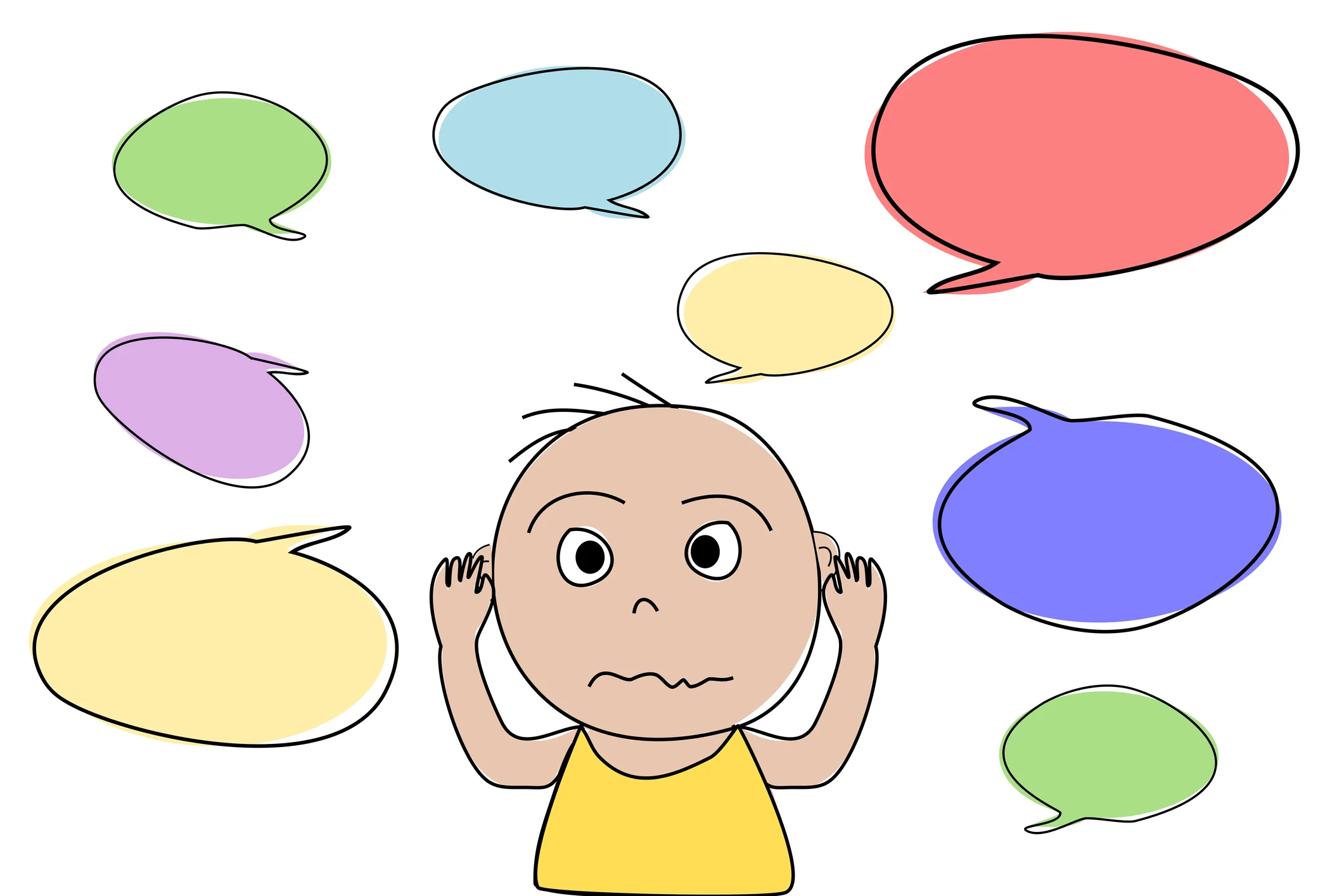Most of us have been there either with our own child, a niece or nephew, little cousin or sibling, or a child you’re babysitting - temper tantrums! They can be distressing, embarrassing when in public, and at times hard to control. Temper tantrums can come in different forms, such as screaming, crying, hitting, stomping, throwing things, and refusing to move. Whatever they are, it can be uncomfortable for the carer in that situation.
Although uncomfortable, when they occur every now and then, tantrums are a sign of communication as opposed to being “naughty behaviour”. When a child has a tantrum they are experiencing really big feelings that they are finding hard to control. It’s therefore up to us to help them through it. Now this is difficult because when we feel embarrassed, ashamed, or angry because of the behaviour we are seeing, we also need to regulate our own distress so that we can help the child regulate theirs. Sounds good on paper but it’s incredibly challenging in real life!
The first point of call in managing tantrums is to label the behaviour your child is exhibiting as well as label the emotion. For example you might get down to their level and say: “You’re yelling because you’re angry”.
The next step is to put a boundary in place. For example, you might follow your previous sentence with: “It’s ok to be angry but yelling won’t help me to understand you.” Now the difficult part here is that when children are activated and their highly emotional - it will be very difficult to reason with them so at this point you want to help them get the angry feelings out in an appropriate way and this might be just waiting calmly at their level until they start to calm. If they start to become physical with you while you’re waiting you need to keep putting boundaries in place such as: “It’s ok to be angry but hitting me is not ok. I know you need to let those feelings out but you can’t hit me. You can stomp your feet or clench your fists but you cannot hit me”. By putting a boundary in place in this way you are also re-directing your child to express their anger in a healthy way as opposed to telling them to “stop it”. You might have to repeat these steps a few times which shows that you’re not giving in to the anger or demands.
Once your child begins to calm down then see if they need a hug, and ask them if they can use their words to tell you what it was they were wanting. If they, for example were wanting a new toy and you do not want to buy one for them then you could respond with something like: “I know you’re disappointed that we won’t be leaving here with a new toy and I wish we could get one today but we can’t. When we get home we can spend some time to play together and be creative with the toys we have at home”. Now if you cannot follow through with that I wouldn’t say it. Instead I would say something similar with something you can follow through with.
Managing tempter tantrums are hard, however next time your child or the child you’re caring for has a temper tantrum, remember to take a step back, breathe first, and then help them regulate because when both your emotions are heightened, it’s harder to calm the child down.
If you would like some support managing your child’s temper tantrums or provide support with emotion regulation, then give us a call to make an appointment with one of our team of Psychologists.

